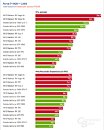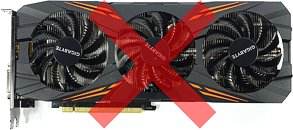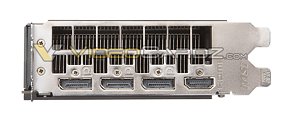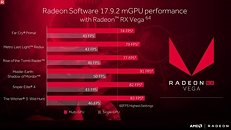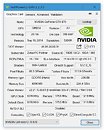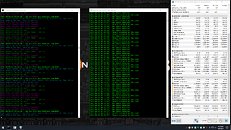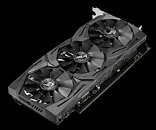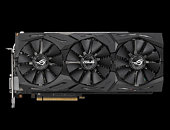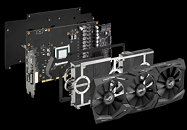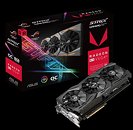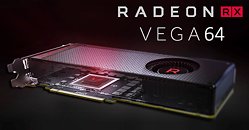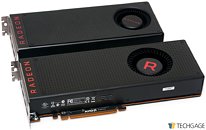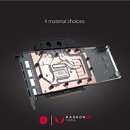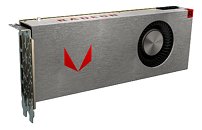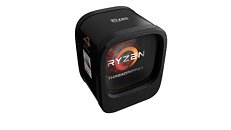
XFX Teases Bold-looking Custom RX Vega Graphics Card
XFX is known for its audacious graphics card designs. The company even adds uniqueness to the design of its retail boxes, with the signature X-shaped cartons. It looks like the company is finally getting its design mojo back, with a boldly-styled custom-design Radeon RX Vega series graphics card, which it teased in three pictures released to social media. The design of this card involves a tall aluminium fin-stack cooler, which consists of two dense fin-stacks, to which heat drawn from the GPU is fed by a series of copper heat pipes, along their ends.
These fin-stacks are ventilated by large (100-120 mm) fans. The gap between these fans cuts out to the shape of an "X" with the PCIe power connectors being located bang in the middle. From the looks of it, XFX's custom-design PCB for the RX Vega is just 3/5 the length of the card, taking advantage of AMD's compact multi-chip module approach for the "Vega 10" silicon, about the length of the reference R9 Fury PCB. Carbon fiber finish, and a glowing XFX logo on top finishes off the design. XFX and other AMD add-in board (AIB) partners could launch custom-design RX Vega series graphics cards before Holiday 2017. XFX could use this board design for both RX Vega 64 and RX Vega 56.
These fin-stacks are ventilated by large (100-120 mm) fans. The gap between these fans cuts out to the shape of an "X" with the PCIe power connectors being located bang in the middle. From the looks of it, XFX's custom-design PCB for the RX Vega is just 3/5 the length of the card, taking advantage of AMD's compact multi-chip module approach for the "Vega 10" silicon, about the length of the reference R9 Fury PCB. Carbon fiber finish, and a glowing XFX logo on top finishes off the design. XFX and other AMD add-in board (AIB) partners could launch custom-design RX Vega series graphics cards before Holiday 2017. XFX could use this board design for both RX Vega 64 and RX Vega 56.






